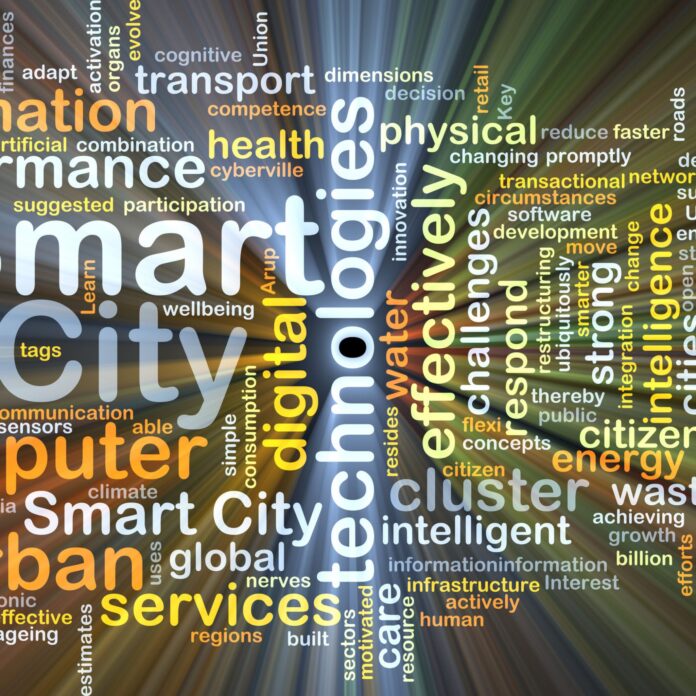What are the underlying factors driving the adoption of smart city solutions?
How can smart city advocates overcome the inertia that can paralyze urban administrations? As in any large organizations with long standing vested interests and many different calls on their resources, municipalities tend to focus on what needs doing right now, rather than trying to figure out how their cities need to change over time.
But there are forces that are beginning to overcome this inertia. As explained in our in-depth report on smart cities and an associated webinar, urban leaders across the globe are beginning to grasp the full potential of new digital technologies to improve city life. Unlike many enterprises, municipalities tend to be motivated by far more than money. The government of Dubai, for example, will measure the success of its 2021 Dubai plan in terms of reductions of CO2 emissions, average response times of the emergency services, the amount of waste generated and the number of road fatalities.
The forces shaping the smart city market are complex and multi-faceted. Below are five key underlying drivers:
1. Knowledge is power: As urban environments become increasingly crowded, congested and dynamic, they are increasingly difficult to monitor and manage through manual mechanisms, such as site visits, town hall meetings and conventional complaints procedures. Rather than scrambling resources to react to problems retrospectively, municipalities realize they need to become more proactive and productive. To that end, mayors are beginning to use connected sensors as their eyes and ears.
2. Waste not, want not: Cities are constrained by the availability of land, energy, clean water and other key resources. As their populations rise, urban areas urgently need to cut down on waste to ensure there are enough resources to go around and avoid civil unrest. Road space needs to be efficiently allocated, electricity used judiciously and water leaks plugged. Access to the real-time data provided by connected sensors and monitors can help municipalities to re-allocate under-used resources and incentivize citizens to cut waste.
3. Citizen empowerment and engagement: Smart city solutions can reduce the frustrations associated with urban living. If citizens have access to salient information, they are more likely to make better choices. If an app enables a commuter to see that an overturned truck has blocked a particular road, they will choose another route or another mode of transport. Moreover, access to information could enable residents to find solutions to their own problems. For example, apps that show crime wave in a particular area could prompt local residents and businesses to take precautionary measures, such as installing alarm systems or introducing security cameras.
4. Low risk living: People living cheek by jowl in cities are vulnerable to life threatening events, such as earthquakes, floods and storms, air and water pollution, and infectious diseases. Continuous access to relevant data can be used to create early warning systems and help city administrations intervene to reduce these risks. For example, connected monitors can detect increasing water pollution or when climatic conditions encourage mosquitoes to breed, enabling the municipality to send timely warnings to local residents.
5. Balancing the budget: Smart city solutions can enable municipalities to both cut costs and raise new revenues. For example, connected sensors can enable waste disposal teams to optimize their garbage collection rounds, reducing the number of unnecessary trips. Similarly, connected cameras and sensors can be used to underpin road-charging systems that can raise new revenues to pay for public transport.

